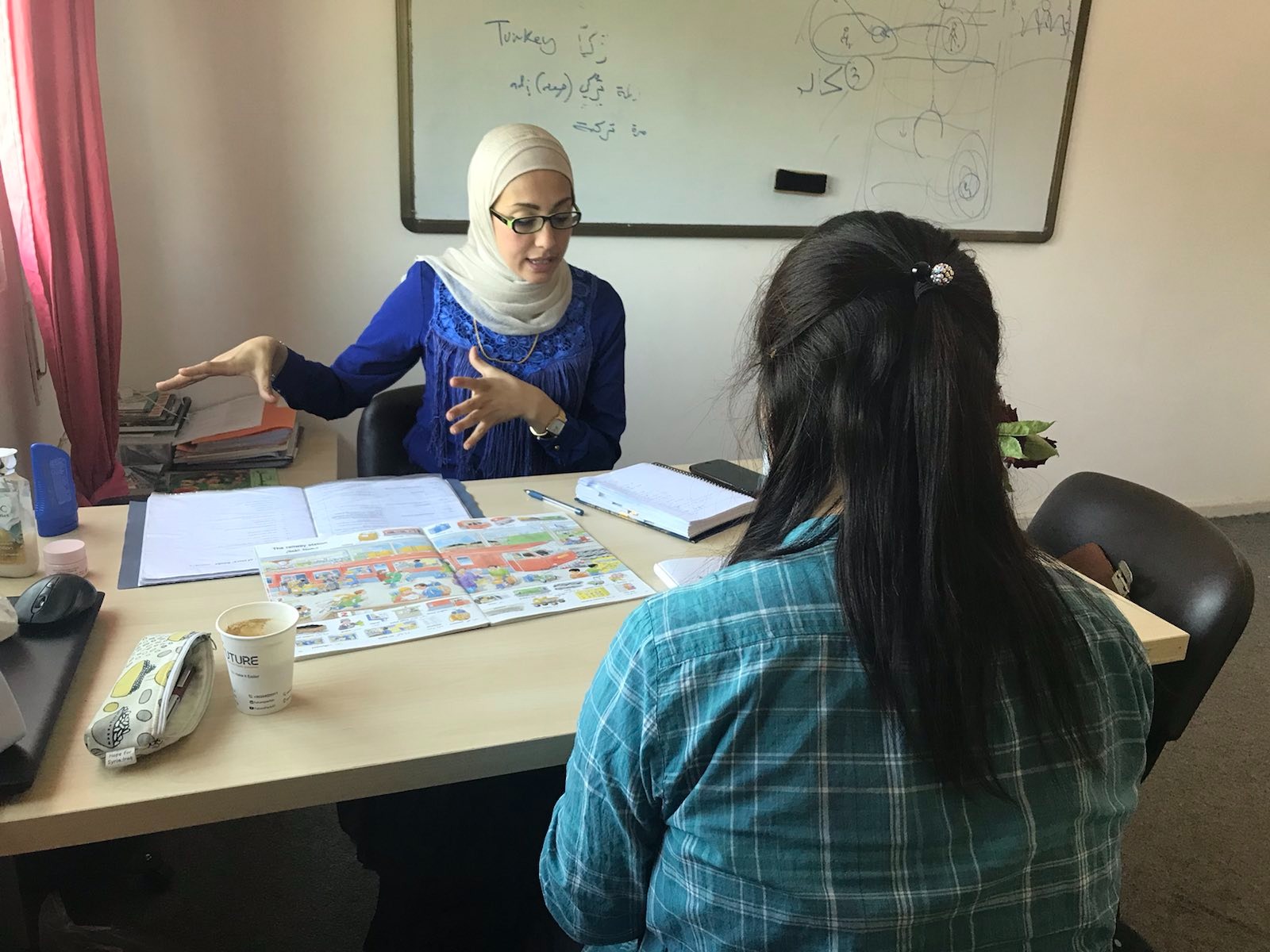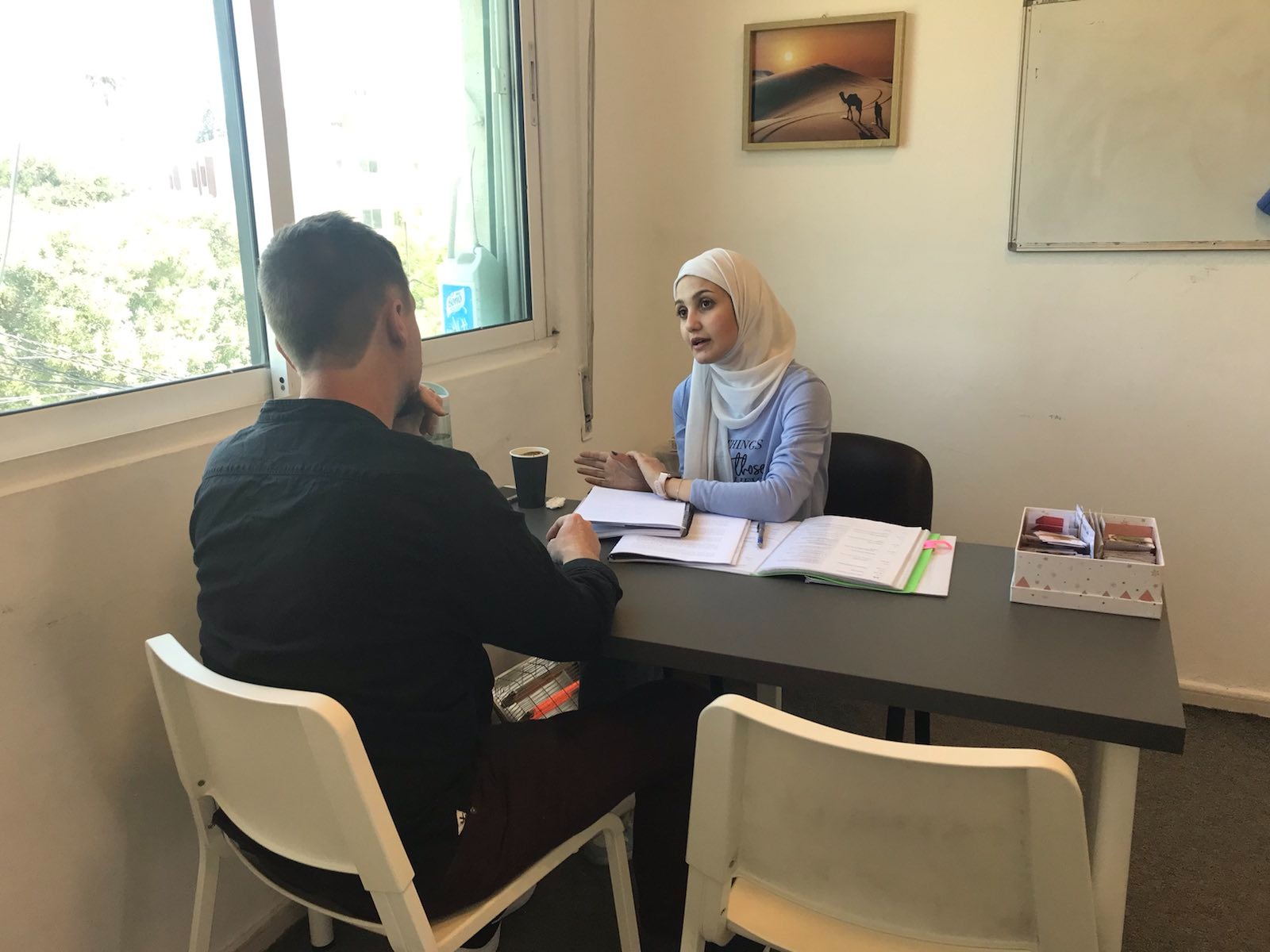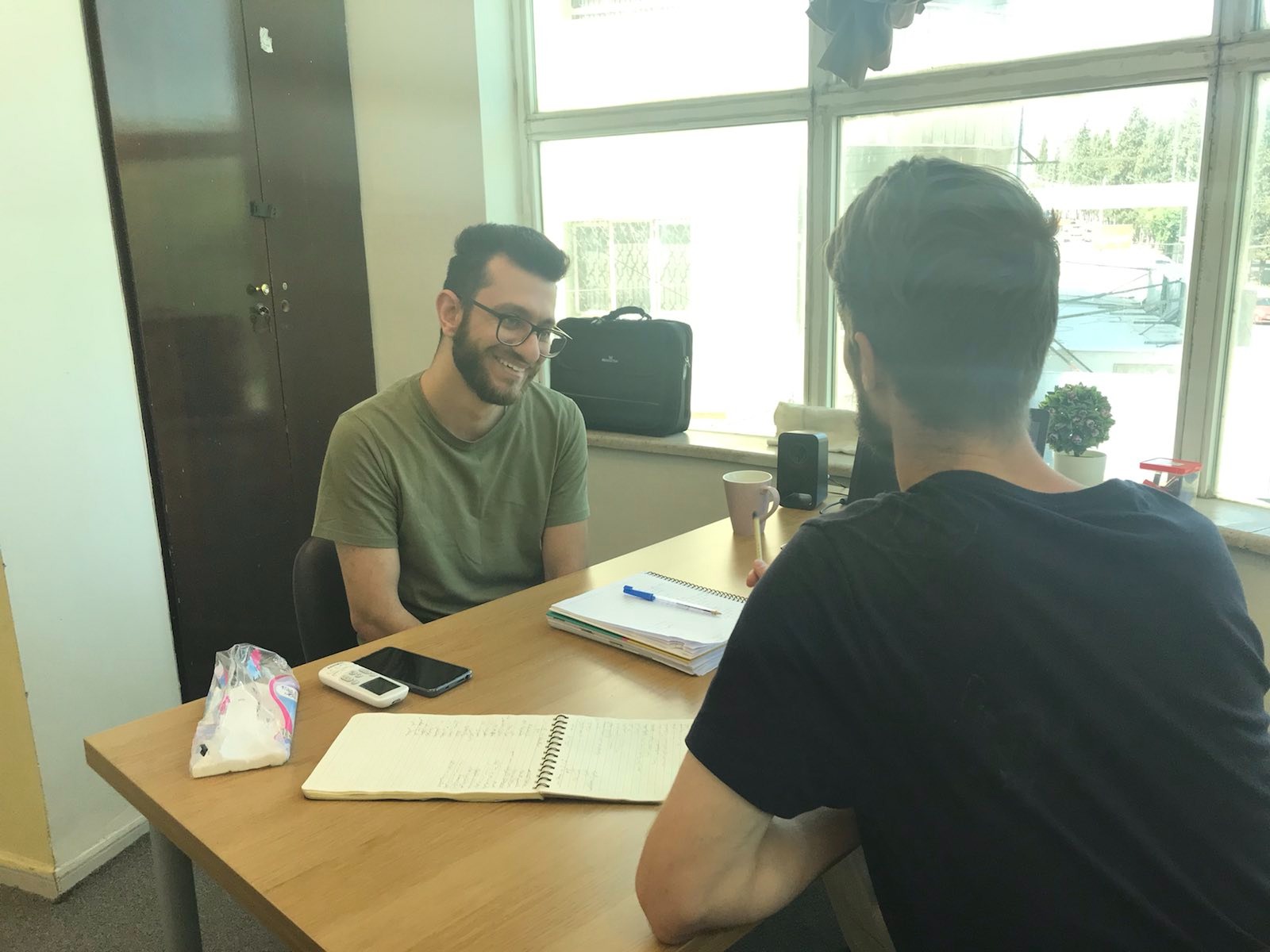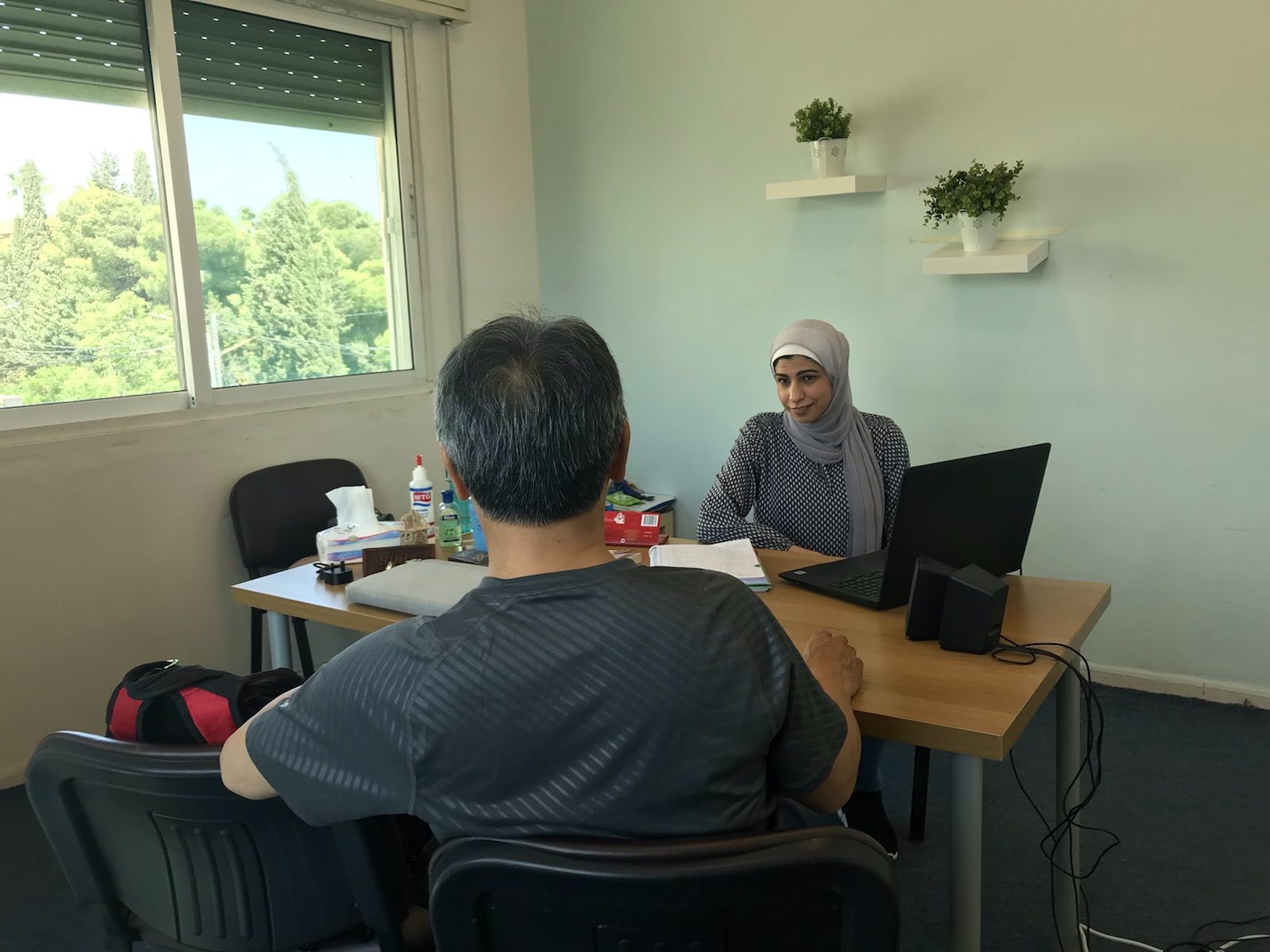
Phase 1: The Here and Now (100 Hours)
The language instructor, or rather "nurturer or teacher," helps the student grow by using interactive objects. The student learns to understand about 800 words and many grammatical structures through flashcards and other visual learning tools. The teacher also teaches the student expressions that are commonly used locally.

Phase 2: Story Building (150 Hours)
The student begins speaking in more complex sentences by describing pictures in books. Using picture books and other visual props, the student's ability to speak and understand increases significantly. Another 1200 words are added to the student's vocabulary.

Phase 3: Shared Story (250 Hours)
At this level, the student hears and discusses widely known stories such as Cinderella. The student and teacher also begin talking about everyday public experiences. The student and teacher discuss a variety of topics and tell simple stories to each other, allowing the student's conversational skills to grow.

Phase 4: Deep Life Sharing (500 Hours)
During this phase, the student and teacher discuss more about their personal life stories. This phase focuses on helping the student talk about deeper topics, helping the student to develop stronger relationships with their local friends.

Phase 5: Native to Native Discourses (500 Hours)
Understanding much of how locals communicate with one another, which is different from how they communicate with foreigners, is a significant challenge. In this phase, the student listens to a lot of recorded speech between locals, allowing the student to understand even more of what he hears in public.

Phase 6: Self-sustaining growth
Language learning is a never-ending journey, and the students who have finished Phase 5 are allowed to continue learning Arabic for as long as they wish.
